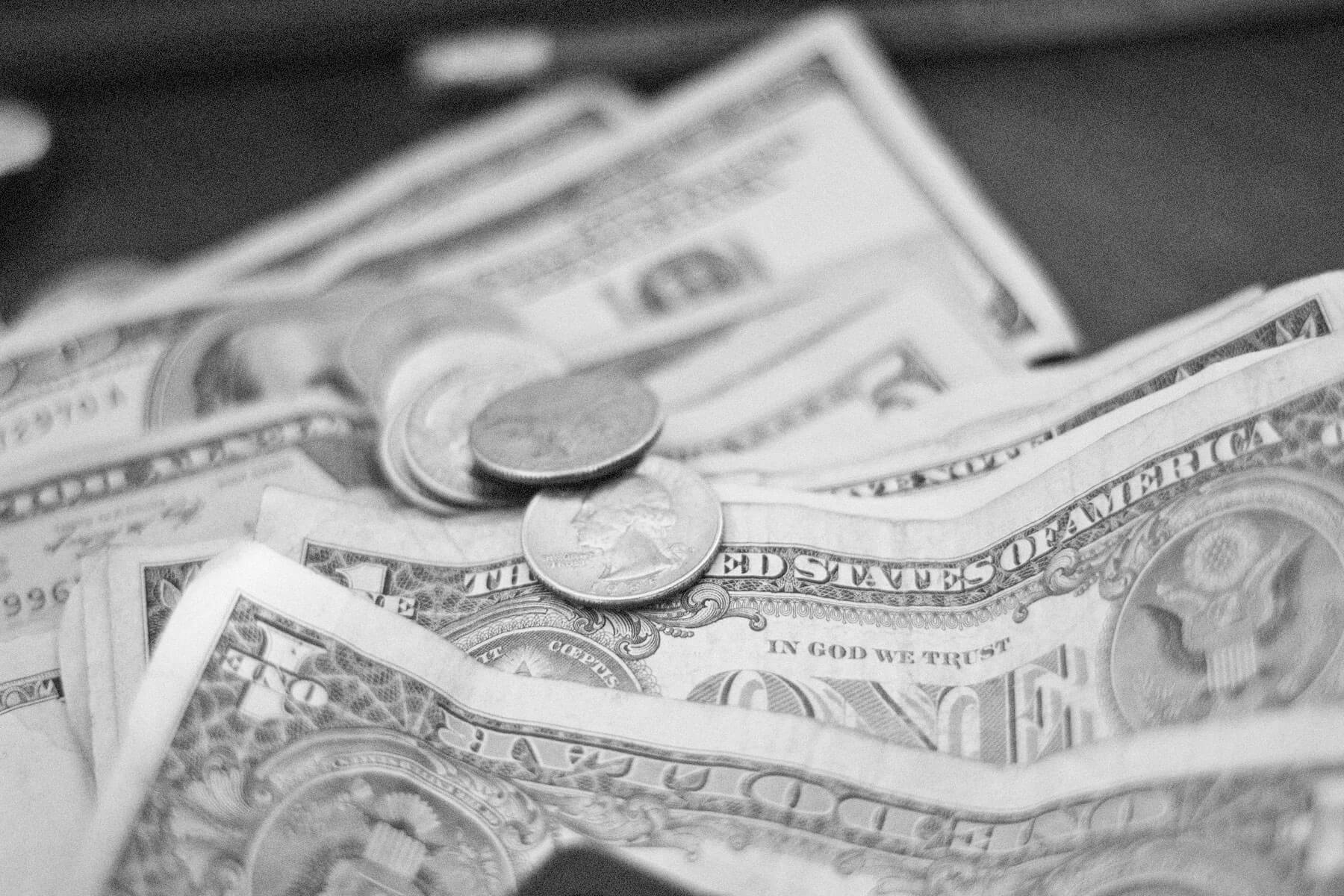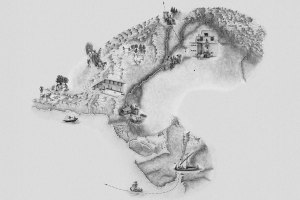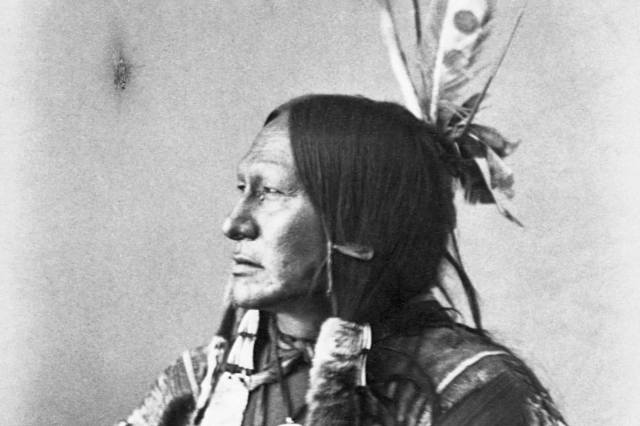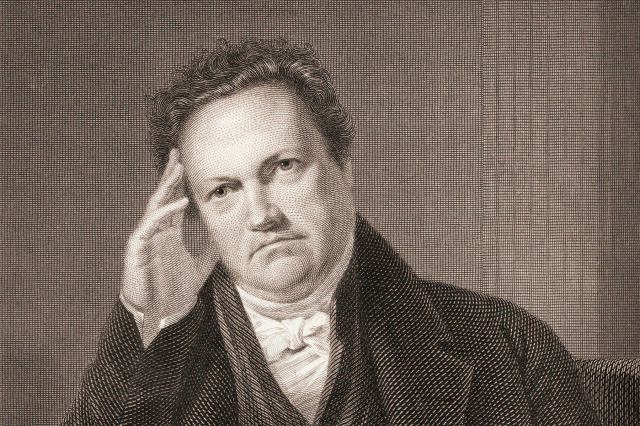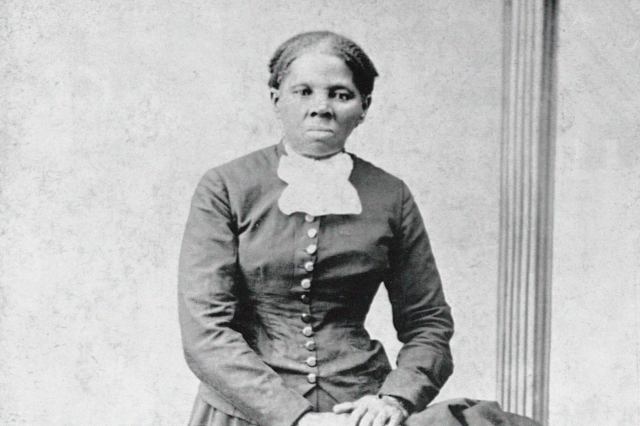6 People You Didn’t Know Were on U.S. Currency
The history of U.S. currency is a fascinating journey that reflects the country’s growth, changing economic needs, and evolving cultural values. Before the United States was formed, each of the colonies issued its own currency. In 1690, the Massachusetts Bay Colony became the first to issue colonial notes in the form of paper currency. Later, during the American Revolutionary War, the Continental Congress issued paper currency to finance the war effort. These notes were called Continental currency, and some designs featured illustrations that reflected the values of the 13 colonies, such as an American soldier carrying a sword and a scroll with the words “MAGNA CHARTA.”
In the years following the Revolution, the dollar sign was adopted, Treasury Secretary Alexander Hamilton established the Bank of the United States to create a credit system for the new government, and Congress passed the Mint Act establishing the coinage system. Early treasury notes were redeemable for gold, but it wasn’t until 1861 that the government began issuing paper money for the first time since the war. Known as “demand notes” and nicknamed “greenbacks” because of the green ink used to print them, they were used to pay salaries and government expenses, but they weren’t backed by gold and lost value. Following the Legal Tender Act of 1862, the government began issuing paper notes that replaced demand notes and became the official currency of the United States. Of the 53 people whose portraits have appeared on U.S. banknotes, here are six of the most surprising.

Salmon P. Chase
In 1862, during the Civil War, the first $1 legal tender banknotes were issued, featuring the Treasury seal and a portrait of Treasury Secretary Salmon P. Chase (possibly as a way to advance his own political career). While serving in the role during Abraham Lincoln’s administration, Chase was the architect of the national banking system, and he helped design the new paper money authorized under the National Bank Acts, which called for a system of nationally chartered banks and a uniform national currency. The same portrait of Chase that appeared on the $1 banknote was later used on the $10,000 banknote, the largest denomination ever in public circulation. Though currencies above $100 are no longer circulated, Chase National Bank, founded in 1877, was named in the former treasury secretary’s honor.
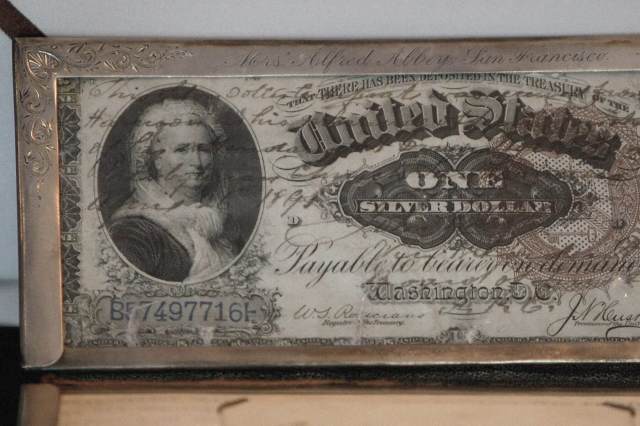
Martha Washington
First Lady Martha Washington holds the distinction of being the only woman to be prominently featured on U.S. paper currency to date. Her portrait appears on the $1 silver certificate, which was first introduced in 1886, 17 years after the legal tender dollar bill featuring George Washington. She appeared again on a slightly modified certificate in 1891. The $1 certificates weren’t phased out until 1957, making them the second-longest-issued paper currency in the nation’s history, after the $2 bill. As the name implies, the certificates were backed by the federal government’s silver reserves and were exchangeable for silver from the U.S. Treasury.





